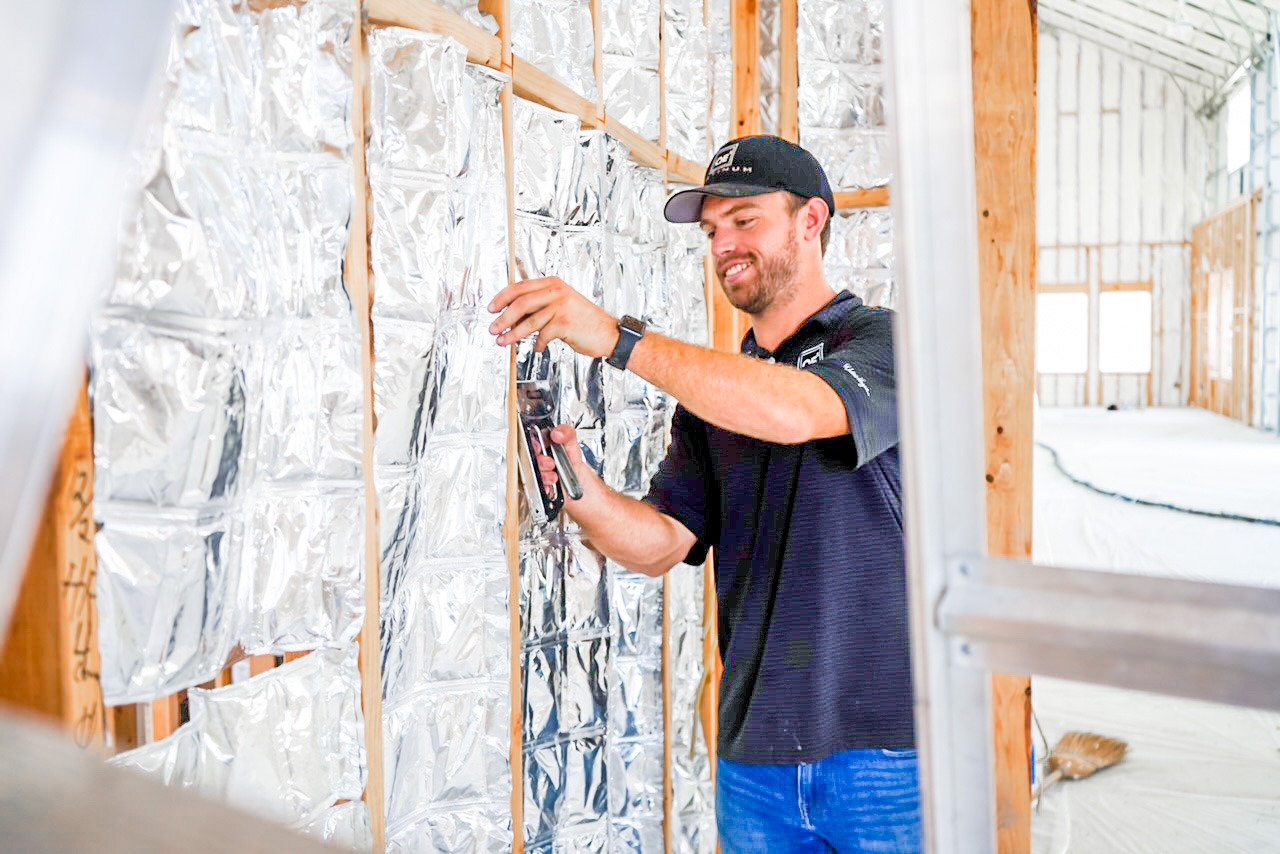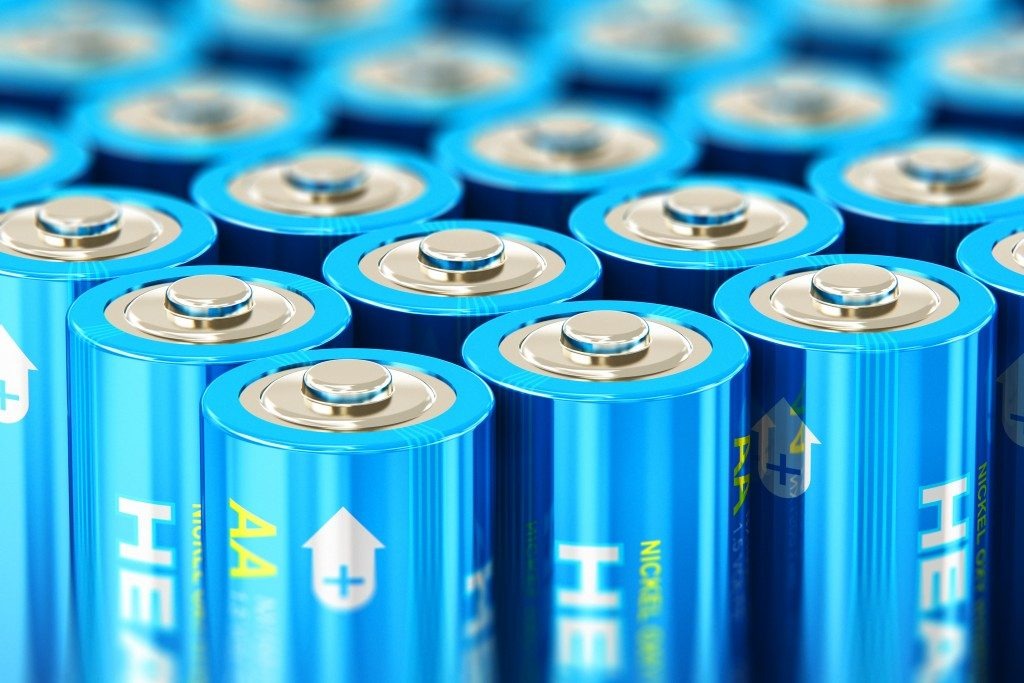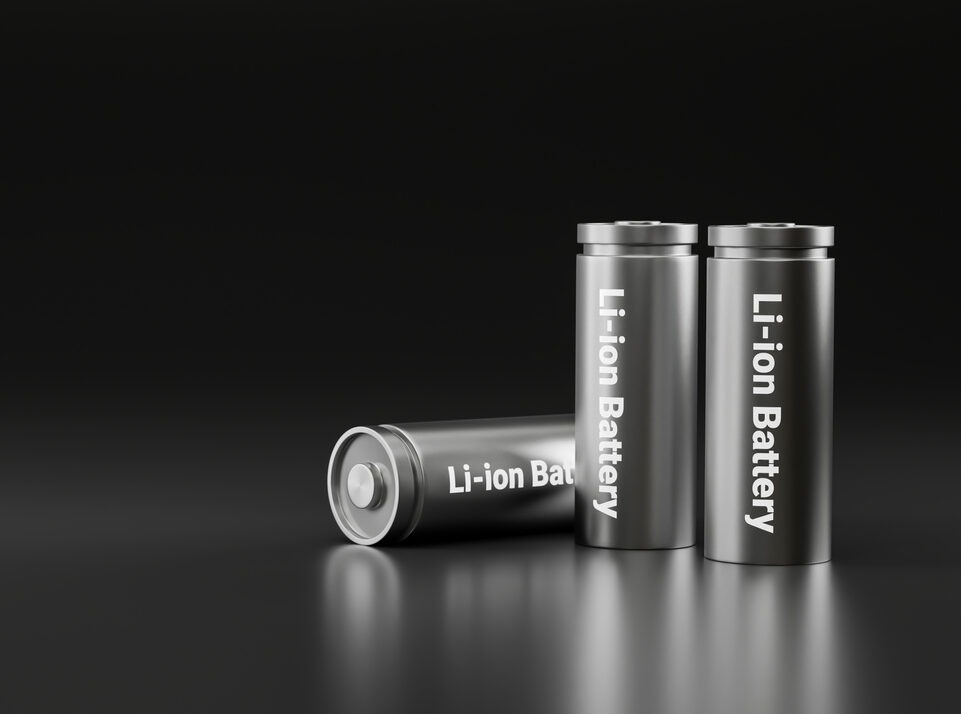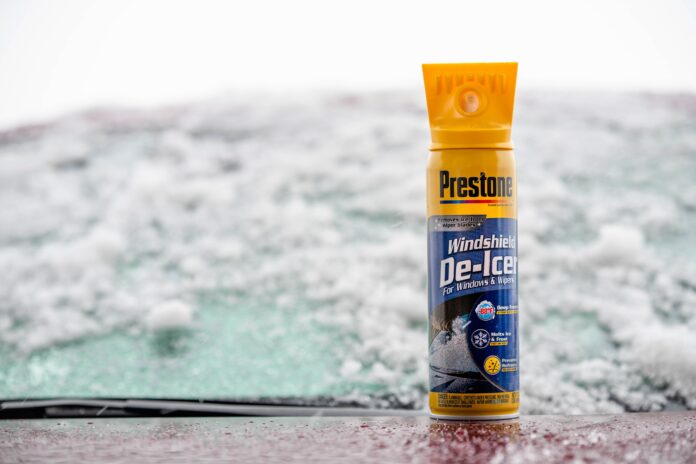Creating a comfortable indoor environment isn’t just about cranking the thermostat up or down.
The materials you choose for your walls, floors, ceilings, and insulation have a massive impact on how your home handles heat and cold throughout the year.
Some materials are naturally better at slowing heat transfer, storing thermal energy, or blocking out cold drafts.
Knowing which ones to use helps you reduce energy bills, stay comfortable, and design a more sustainable living space.
Key Highlights
- Thermal mass materials absorb and slowly release heat, helping regulate indoor temperature swings.
- Natural insulators like wool and cork balance performance with eco-friendliness.
- Reflective surfaces help in hot climates by bouncing heat away.
- Concrete, brick, and stone work well in areas with wide temperature shifts.
- High-performance windows and smart layering matter as much as walls and roofs.
- Good home insulation is the foundation of any energy-efficient space.
Why Material Choice Matters for Indoor Climate

If you’ve ever stepped inside a stone cottage during a heatwave and felt cool relief, or noticed how poorly your top-floor apartment holds warmth in winter, you’ve already experienced what materials can do to indoor temperatures.
The materials in your walls, roof, and floor influence how much outside heat gets in—or out.
The right combination of thermal mass and insulation allows your home to passively maintain a more stable indoor temperature. This reduces the need for heating and cooling systems to work overtime. It’s not just about comfort—it’s also about energy efficiency and long-term savings.
Understanding Thermal Mass
Thermal mass is a term used to describe how well a material can absorb and store heat. Materials with high thermal mass can soak up heat during the day and release it slowly when temperatures drop at night.
Common High Thermal Mass Materials:
- Concrete
- Brick
- Stone
- Rammed earth
These materials are especially effective in areas where there’s a big difference between daytime and nighttime temperatures. For example, in a region with hot days and cool nights, a thick brick wall can store heat during the day and keep your living space warmer in the evening without turning on the heater.
Thermal mass is not a substitute for insulation—it works best when used with proper insulation to slow down heat transfer and retain comfort over time.
Natural Insulators: Efficient and Sustainable

While thermal mass focuses on absorbing and storing heat, insulation works by blocking heat transfer. Good insulation keeps warm air in during winter and out during summer.
Natural insulators offer solid thermal resistance while also supporting healthier indoor air and more sustainable building practices.
Top Natural Insulation Materials:
- Sheep’s wool: Excellent at regulating humidity and trapping heat.
- Cork: Lightweight, renewable, and performs well across seasons.
- Cellulose: Made from recycled paper, it’s cost-effective and energy efficient.
The key here is that these materials work in harmony with the building’s design—not just stuffing insulation into the walls but considering how airflow, placement, and climate all play a role.
Speaking of insulation, don’t overlook its importance in the big picture. Whether you’re renovating an old home or building new, getting the right home insulation is critical to energy performance. It all starts there: walls, roofs, floors—every layer matters.
Heat Reflective Surfaces for Warm Climates
If you live somewhere hot, you’re not just trying to hold onto cool air—you’re actively trying to keep the sun’s heat out. In this case, reflectivity becomes more important than mass.
Materials with reflective surfaces bounce solar radiation away before it can heat up the structure. Metal roofing, cool paints, and reflective tiles all play a role here.
Tips for Heat Deflection:
- Use white or light-colored roofing materials.
- Consider radiant barriers in the attic.
- Choose window glazing with UV-reflective coatings.
This isn’t just for tropical regions. As summers grow longer and hotter across the UK and Europe, even moderate climates benefit from reflective strategies.
Windows and Glazing: The Weakest Link or Strongest Ally

Windows often end up being the Achilles’ heel of thermal comfort. They’re notorious for allowing unwanted heat gain or loss. But modern window technologies have made massive strides in the past decade.
Look for:
- Double or triple glazing for insulation.
- Low-E coatings that reflect infrared heat.
- Gas-filled panes (like argon) for added insulation value.
Pair high-performance windows with proper shading—overhangs, exterior shutters, or landscaping. This ensures you control how much sun enters your space year-round.
Walls, Floors, and Roofing Materials That Make a Difference
Let’s break down what materials work well across the structure—not just for aesthetics, but for how they manage heat.
Best Wall Materials:
- Brick: High thermal mass, works well in temperate climates.
- Insulated panels: Combine structure and insulation in one.
- Wood with cavity insulation: Lighter thermal mass but good insulator when layered.
Flooring Options:
- Stone or polished concrete: Absorbs and retains heat; ideal for passive solar homes.
- Cork flooring: Adds insulation value underfoot, great for cold climates.
Roofing:
- Metal with reflective coating: Best for sunny regions.
- Green roofs: Provide natural insulation and evaporative cooling.
- Clay tiles: High durability, moderate thermal mass, and reflectivity.
Layering is crucial. No single material fixes everything. Combine thermal mass inside with insulation outside, or vice versa, depending on your local climate and home orientation.
Practical Tips for Homeowners

If you’re planning a renovation or building new, here’s what to prioritize:
- Evaluate your climate: Hot, cold, or fluctuating? Your material mix should reflect this.
- Think long-term: Materials with long lifespans and low maintenance save money.
- Balance aesthetics with performance: Just because something looks rustic doesn’t mean it performs well thermally.
- Don’t forget moisture: Thermal comfort is also about humidity. Materials that “breathe” help avoid mould and dampness.
Final Thoughts
There’s no one-size-fits-all solution when it comes to regulating indoor temperatures. It’s about how different materials work together.
Combine thermal mass where it counts, layer insulation properly, and pay close attention to your climate and home orientation.
Even small changes—like switching flooring or upgrading windows—can shift how your space feels year-round.
So whether you’re chasing a cooler summer living room or a warmer winter bedroom, let the materials do the hard work for you—smartly, passively, and efficiently.











































